Is there a way to add additional subplots created with vanilla Matplotlib to (below) a Seaborn jointplot, sharing the x-axis? Ideally I'd like to control the ratio between the jointplot and the additional plots (similar to gridspec_kw={'height_ratios':[3, 1, 1]}
I tried to fake it by tuning figsize in the Matplotlib subplots, but obviously it doesn't work well when the KDE curves in the marginal plot change. While I could manually resize the output PNG to shrink/grow one of the figures, I'd like to have everything aligned automatically.
I know this is tricky with the way the joint grid is set up, but maybe it is reasonably simple for someone fluent in the underpinnings of Seaborn.
Here is a minimal working example, but there are two separate figures:
import matplotlib.pyplot as plt
import seaborn as sns
%matplotlib inline
Figure 1
diamonds = sns.load_dataset('diamonds')
g = sns.jointplot(
data=diamonds,
x="carat",
y="price",
hue="cut",
xlim=(1, 2),
)
g.ax_marg_x.remove()
Figure 2
fig, (ax1, ax2) = plt.subplots(2,1,sharex=True)
ax1.scatter(x=diamonds["carat"], y=diamonds["depth"], color="gray", edgecolor="black")
ax1.set_xlim([1, 2])
ax1.set_ylabel("depth")
ax2.scatter(x=diamonds["carat"], y=diamonds["table"], color="gray", edgecolor="black")
ax2.set_xlabel("carat")
ax2.set_ylabel("table")
Desired output:




